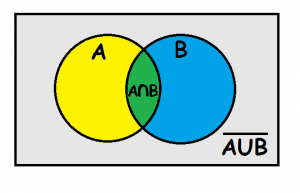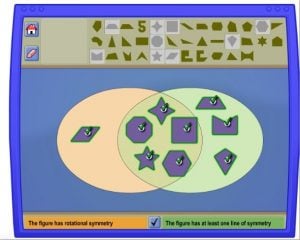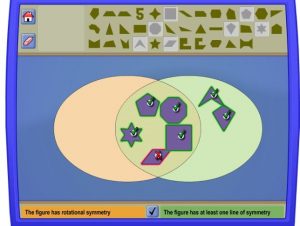Problem: For this lesson, students will be doing an extreme version of utilizing the Pythagorean Theorem. The number in the picture, 400ft, is the distance from home plate to dead center field at Miller Park in Milwaukee, Wisconsin. The goal of the lesson is for students to find the distance of the ball when it is caught by Keon Broxton. Almost all of the information is present in the picture without much background knowledge, but they will also be told that he was estimated to be about 4ft off of dead center when he caught the ball.
The beginning of the lesson will have students discussing what information they have and what information they will need to complete the assignment. The groups will realize that they need to use the Pythagorean Theorem to solve the problem. The groups will come together for a class discussion and asked what information they still need.
After that, students will do their own research to find the missing components. These components are things like where in the stadium the ball was caught, where the ball was when it was caught, etc. The students will use this information to solve the problem, and present to the class how they solved the problem and how they found the missing information.
Connected Math Standards:
CCSS.MATH.CONTENT.8.G.B.7
Apply the Pythagorean Theorem to determine unknown side lengths in right triangles in real-world and mathematical problems in two and three dimensions.
CCSS.MATH.CONTENT.8.G.B.8
Apply the Pythagorean Theorem to find the distance between two points in a coordinate system.
Extension: If students are grasping the content quickly, have them estimate the angle at which the ball entered Keon Broxton’s glove. This can be done using basic trigonometry, which is referenced in the standard CCSS.MATH.HSG.SRT.D.10. While this is technically beyond their grade level, they have a lot of the background knowledge needed to solve the problem so long as they have the height of the ball at the apex of its flight.
Cultural Relevance: This lesson is culturally relevant because baseball is widely played around the world, especially in Hispanic cultures like Mexico, Puerto Rico, Costa Rica, and especially in the Dominican Republic. Plus many students idolize baseball players in a way that they will like the opportunity to do extra research with certain players in them.
Standard from Another Content Area:
WA.EALR.5.4.1
Uses sources within the body of the work to support positions in a paper or presentation.
This standard will be used when students are finding extra information for the assignment.
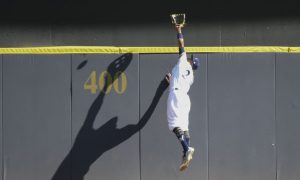

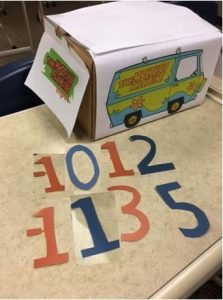
 In this activity students are to use a
In this activity students are to use a 